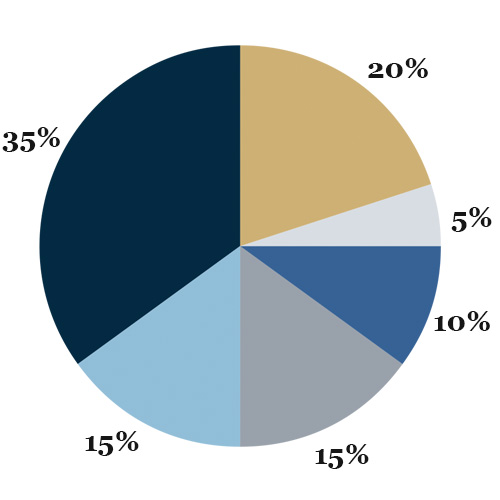It looks like you're new here. If you want to get involved, click one of these buttons!
@hank,
Do you consider PRPFX a permanent portfolio hedge?
For example, it's LT Bonds holdings should appreciate if ST rates are cuts.
It is ranked #1 in its category YTD, 1 YR, 3 YR, & 5 YR. Impressive.

:quality(80)/cloudfront-us-east-1.images.arcpublishing.com/morningstar/CEJAASAC3BB6NC5J34JFJDGDOI.png)
Well … normally, the “smart money” would have priced that in by now. But I’m not sure there’s any smart money left. :)Giroux feels strongly that vast majority (not all) of Trump tariffs will be declared unconstitutional by courts. How will markets react to that if/when it happens?
© 2015 Mutual Fund Observer. All rights reserved.
© 2015 Mutual Fund Observer. All rights reserved. Powered by Vanilla